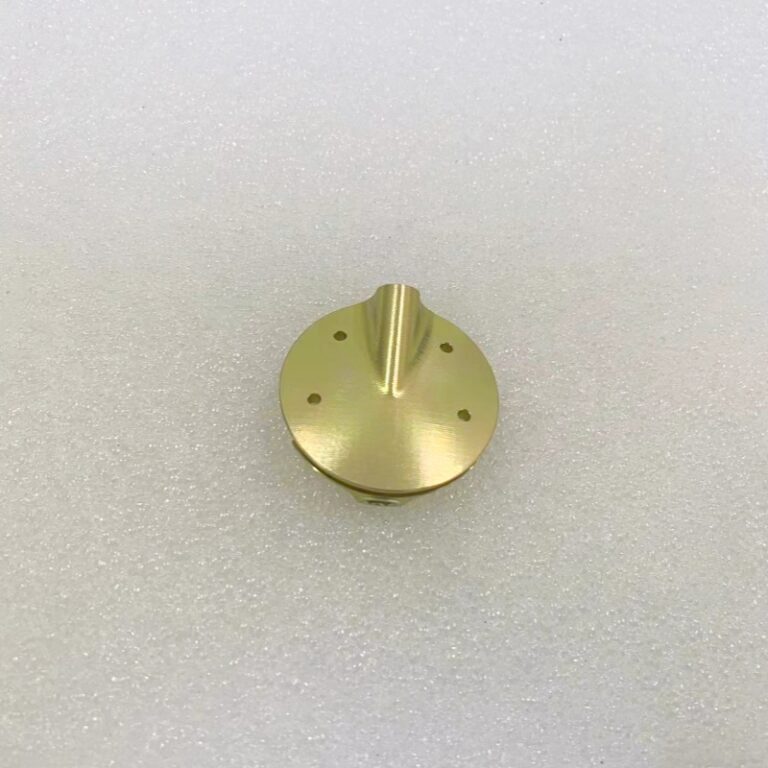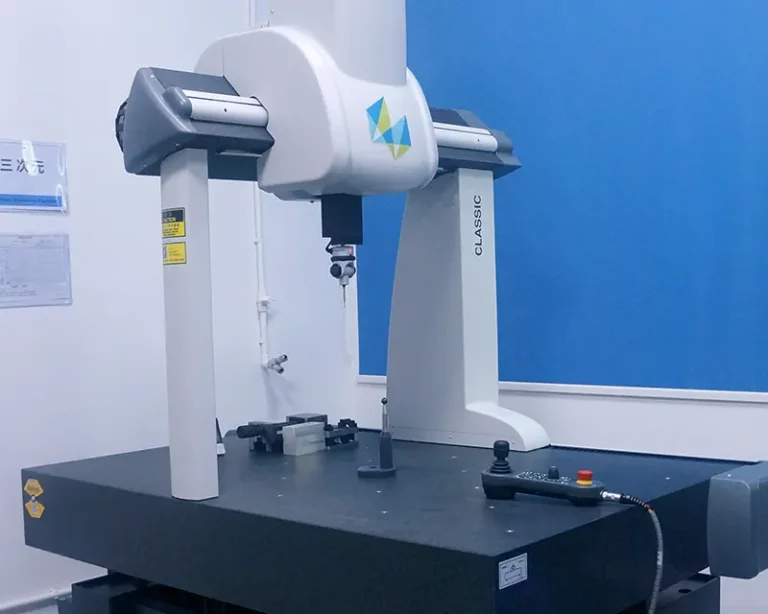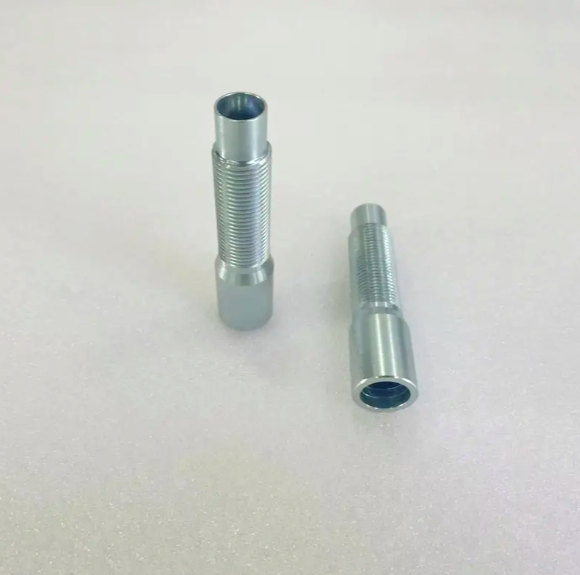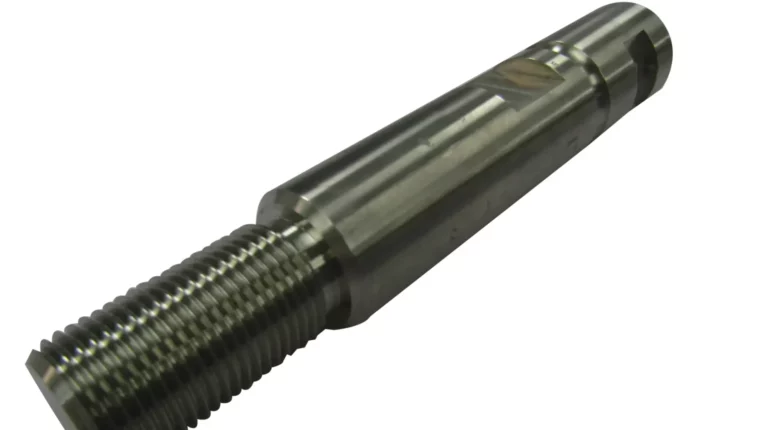The introduction of automated machinery has become a game changer because of an automated technology known as the injection molding robot. This has taken manufacturing to another uphill level.
These robots have become so special in various industries like automotive, electronics, medical, and consumer goods. As businesses evolve and accept these technologies, these robots will be the front liners for this change, helping firms to achieve their maximum growth.
In this article, we will discuss the power of these robots, their types, and their importance as it relates to manufacturing.
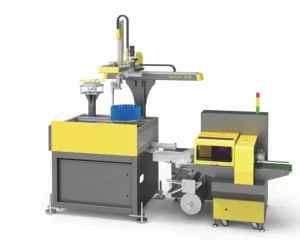

What is an Injection Molding Robot?
Injection molding is a manufacturing process used to produce parts by injecting molten material like plastic into a mold. Therefore, an injection molding robot is an automated machine that helps in the effectiveness of the injection molding process. The robots handle the operation process by automating the task that deals with loading, unloading, and component assembling, making sure the entire operation is faster, reliable, and with less human error. These machines come with various configurations that are designed to handle several production tasks.Types of Injection Molding Robots
The following are the various types of molding robots:- Cartesian Robots (3-Axis Robots)– This is used for pick-and-place operations, which is best for repetitive tasks in injection molding. The robots move in three linear directions X, Y, and Z.
- Six-Axis Robots– This injection molding robot offers flexibility with six degrees of freedom, which makes it carry out complex processes like assembling parts or working with irregularly shaped objects.
- SCARA Robots– Selective Compliance Articulated Robot Arms (SCARA) are known for their high speed and exact movements; that’s why they are perfect for jobs that need fast handling, like electronics manufacturing.
- Collaborative Robots (Cobots)– They are massively adopted in a small-scale manufacturing process, and they work alongside humans where safety is the watchword for all.
Benefits of Having an Injection Molding Robot
- Increased productivity: These robots work continually without taking breaks. They speed up production cycles, they are faster than humans, and their repetitive operations have led to higher output in less time.
- Improved Quality Control: They can reduce the risk of product defects by making sure that every part is molded perfectly without waste. This improves the entire quality of the product.
- Saving Cost: Though the cost of robotics might be expensive at first, it has a long-term benefit on the cost of labor, materials, and operational efficiency. This can provide a great return on investment.
- Safety: This injection molding robot takes care of jobs that are dangerous for humans or jobs with too much physical strength. This automation has helped to reduce accidents and injuries at the workplace and create safer working environments.

